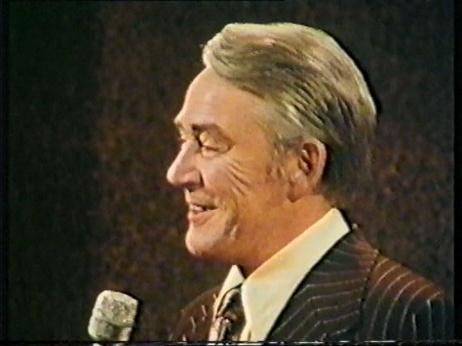
From The Masters of Success Video Training Series No 1
Featuring J Douglas Edwards
Communication is an essential skill that plays a pivotal role in our personal and professional lives. Whether it’s oral, body language or written, effective communication can make a significant difference in how we connect with others and convey our ideas. In this blog post, with David Jackson, The Sales Doctor we’ll explore the nuances of oral and written communication and how mastering these skills can elevate your ability to engage and persuade. Oral Communication: The Power of Your Voice
Oral communication is more than just speaking words; it’s about using your voice effectively to convey emotions and intentions. Your voice has several factors that can influence how your message is received:
- Range: The highs and lows in your voice can create different effects. For instance, using a high range can irritate someone, while a low range can convey conviction and trust.
- Volume: Adjusting the volume from soft to loud can emphasize your message. Loud volume can create excitement, while a softer tone can convey sincerity.
- Pace: The speed at which you speak can impact the listener’s perception. A fast pace can create urgency, while a slow pace can convey thoughtfulness.
- Pitch: The thinness or fullness of your voice can affect the emotional tone. A thin pitch can create irritation, while a full pitch can convey warmth.
- Diction: The clarity with which you pronounce words is crucial. Crisp diction can convey anger, while slightly slurred diction can create a relaxed atmosphere.
Understanding and mastering these factors can help you use your voice to create the desired emotional impact and connect with your audience effectively.
Written Communication: Saying It in Writing
Written communication is another vital aspect of effective communication. Unlike oral communication, written communication requires a different approach to ensure clarity and engagement. Here are some key points to consider:
- Consistency: Avoid having two different vocabularies for speaking and writing. Write as you would speak to maintain authenticity and clarity.
- Personalization: Address the recipient in a friendly and personal manner. For example, start your letters with “Good morning Mr. James” instead of “Dear Sir.”
- Sales Instruments: When creating proposals or prospectuses, highlight the benefits for the recipient rather than boasting about your organization. Use positive selling language that emphasizes what the recipient will gain.
- Technical Language: If your proposal includes technical terms, provide a summary in simple English to ensure that decision-makers who may not be technically oriented can understand and participate in the decision-making process.
By applying these principles, you can make your written communication more engaging and effective, ensuring that your message is clear and persuasive.
Advertising: Selling Benefits, Not Bragging
Advertising is a form of written communication that requires a strategic approach. The goal of advertising is to create profits by talking about the buyer, not the seller. Here are some tips for effective advertising:
• Focus on Benefits: Highlight the benefits for the buyer rather than boasting about your organization. This creates a more compelling and persuasive message. Professionalism: Trust professional ad people to create effective advertisements. Avoid the temptation to secondguess them and focus on the results they produce.
By focusing on the buyer and trusting professionals, you can create advertisements that drive traffic and increase response rates.
Visual Presentations: Combining Oral and Written Communication
Visual presentations are a powerful tool that combines oral and written communication. They ensure that all saleable bases are covered and help create a more engaging and persuasive message. Whether you’re selling real estate, insurance, or technical products, visual presentations can enhance your ability to connect with your audience and convey your message effectively. Video testimonials are extremely powerful.
Conclusion
Mastering The Fine Art of Communication requires understanding the nuances of both oral and written communication. By focusing on the factors that influence your voice, writing authentically, and creating compelling advertisements, you can elevate your ability to engage and persuade. Remember, effective communication is a skill that requires study, attention, and practice. So, take the time to hone your communication skills and watch as your ability to connect with others improves.
“In many ways, effective communication begins with mutual respect,
communication that inspires, encourages others to do their best”
… Zig Zigler
QUESTION … Having engaged in this blog, what is one thing you can do today to start improving your communications?





